By Hou Zhuangzhuang | Translated by Chen Jie, Gao Shijia | Reviewed by He Ying
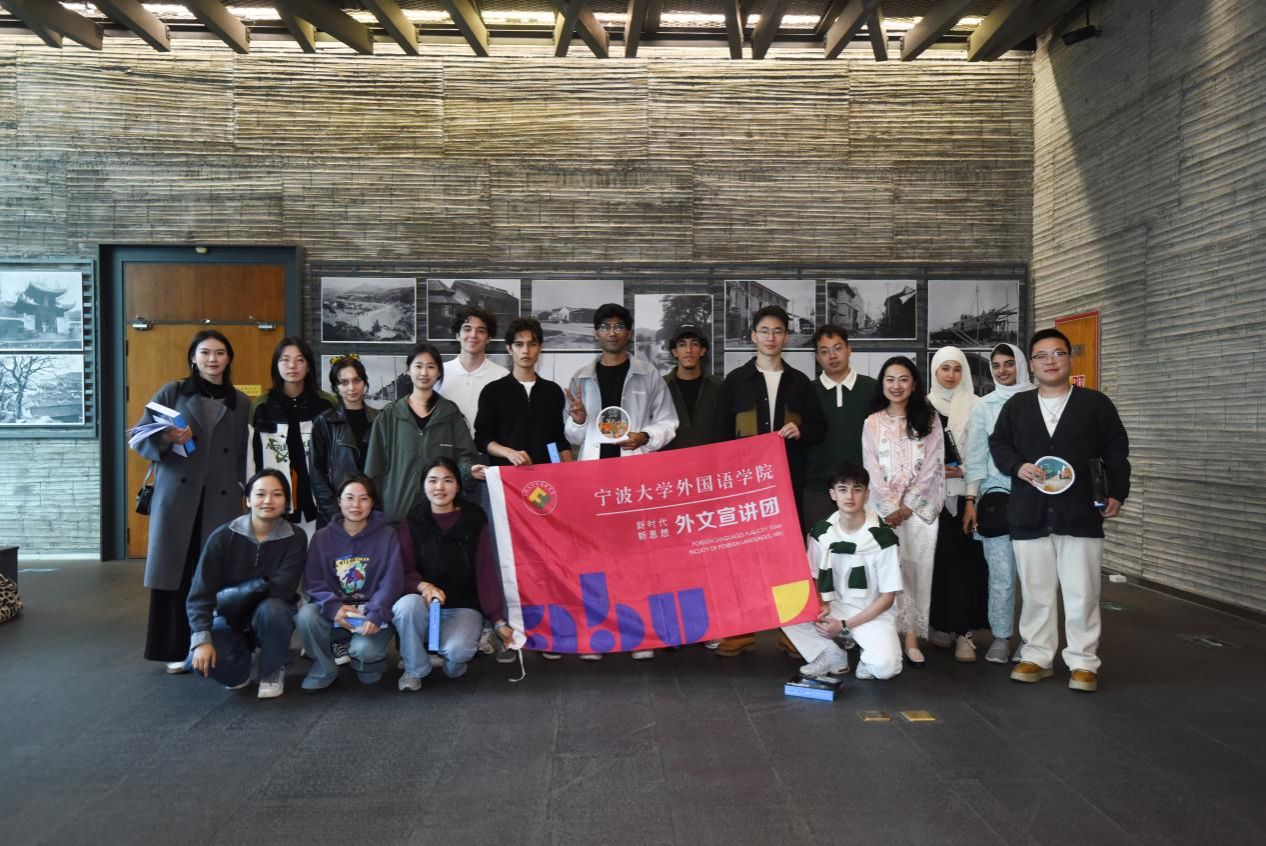
On March 21st, over 20 international students from Russia, India, Morocco, and other countries joined a bilingual cultural tour at Ningbo Museum, immersing themselves in the historical legacy of the Silk Roads.
Organized by the Faculty of Foreign Languages at Ningbo University (NBU), the event combined exhibition exploring, multilingual narration, and creative sand painting to showcase the intertwined histories of Ningbo and Xi’an as pivotal hubs on the Maritime and Overland Silk Roads.

The exhibition, titled “THE STARTING POINT OF THE EAST: A Cross-Time and Space Dialogue between Ningbo and Xi’an on the Maritime and Overland Silk Roads”, highlights a tale of two cities in shaping global trade and cultural exchange.
Historically, Ningbo served as a bustling hub on the Maritime Silk Road, dubbed the "living fossil" of maritime trade, while Xi’an, the ancient capital of the Overland Silk Road, embodies millennia of Chinese civilization.
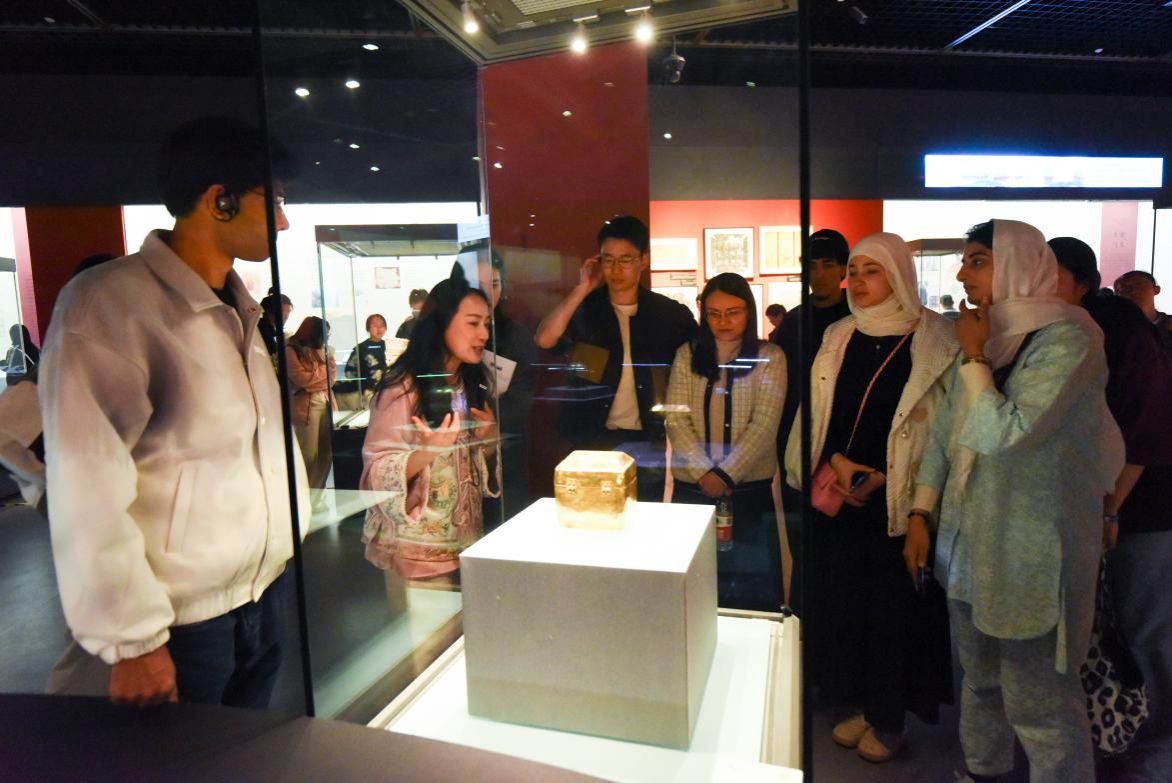
Guided by Chen Ning, the museum’s chief docent, and assisted by student interpreters, participants explored four thematic zones:
●Origins of the Silk Road
●Expansion of the Silk Road
●Land - Sea Harmony
●A Port to the World
The journey spanned from prehistoric relics of Yangshao Culture and Hemudu Culture (cradles of Chinese civilization in the middle reaches of the Yellow River and the lower Yangze River), to Han Dynasty(202 BC—220 AD) trade artifacts, Tang Dynasty(618 AD—907 AD) maritime advancements, and the evolving dynamics of the Silk Road through the Song Dynasty(960 AD—1279 AD) to the Opium War (1840 AD-1842AD).
“I think it means connection, connection through the peoples, through the cultures”, shared Hassan, an Indian student. “This road basically connected the Chinese civilization to other civilizations, the west and the middle east and other parts of the world.”
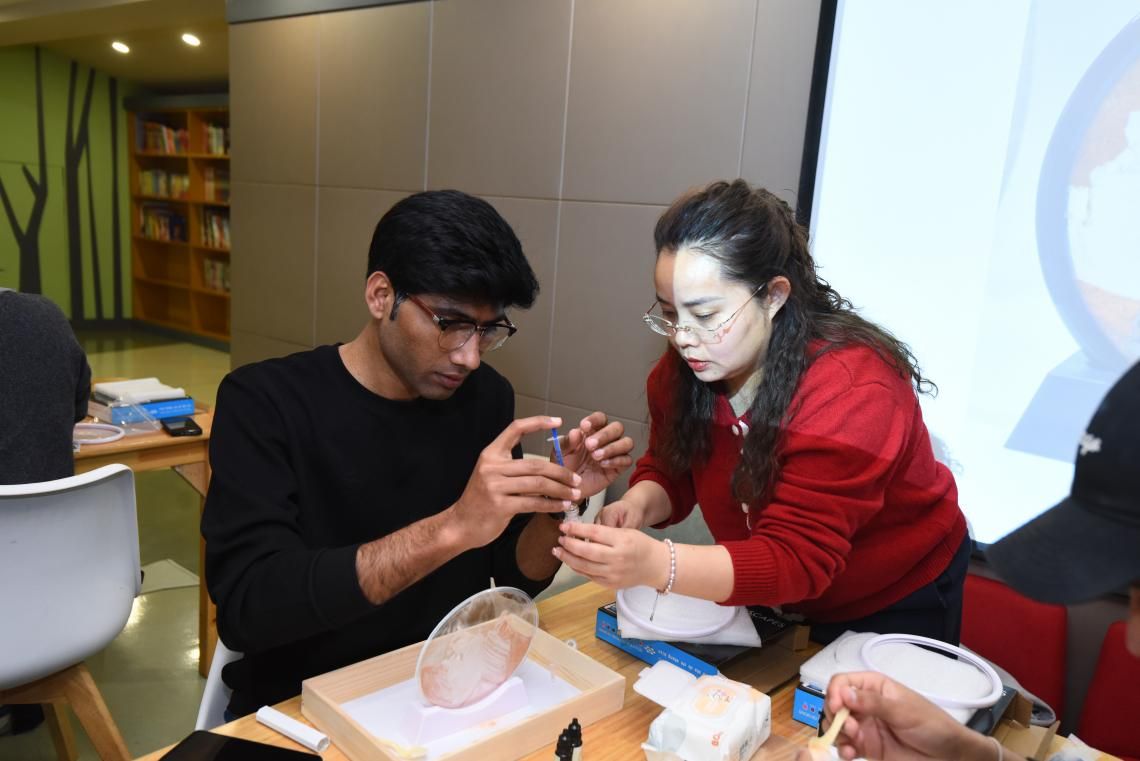
The tour culminated in a sand painting workshop where students crafted artworks titled “The Starting Point of the East”. Layering golden colored sand to symbolize cultural continuity, they adorned their creations with stickers depicting artifacts like the Bronze Horse-Drawn Carriage from the Eastern Han Dynasty(25 BC—220 AD) and the gilded silver pot from the Northern Zhou Dynasty(557 AD—581 AD), reviving ancient trade symbols through modern art.
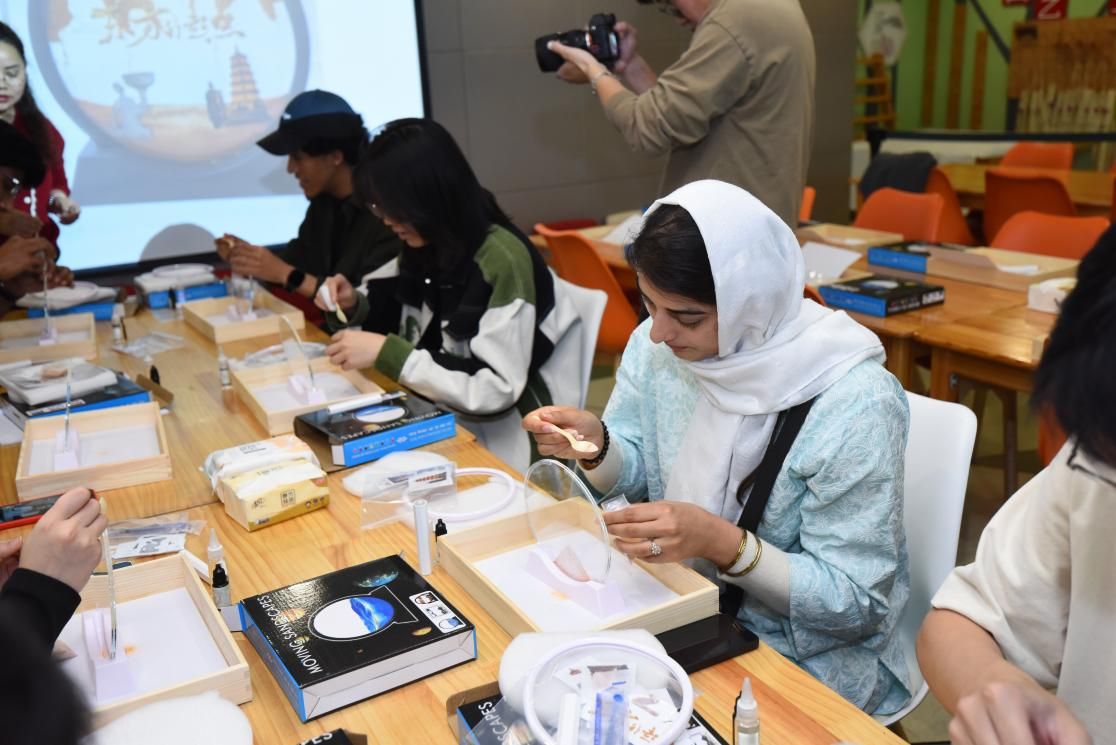
This event is part of the “Narrative China” series, designed to showcase the Silk Roads’ historical richness and promote cross-cultural dialogue. By blending education with hands-on creativity, the initiative fosters bilingual communication and mutual understanding among global youth, reinforcing Ningbo University’s commitment to international cultural exchange.
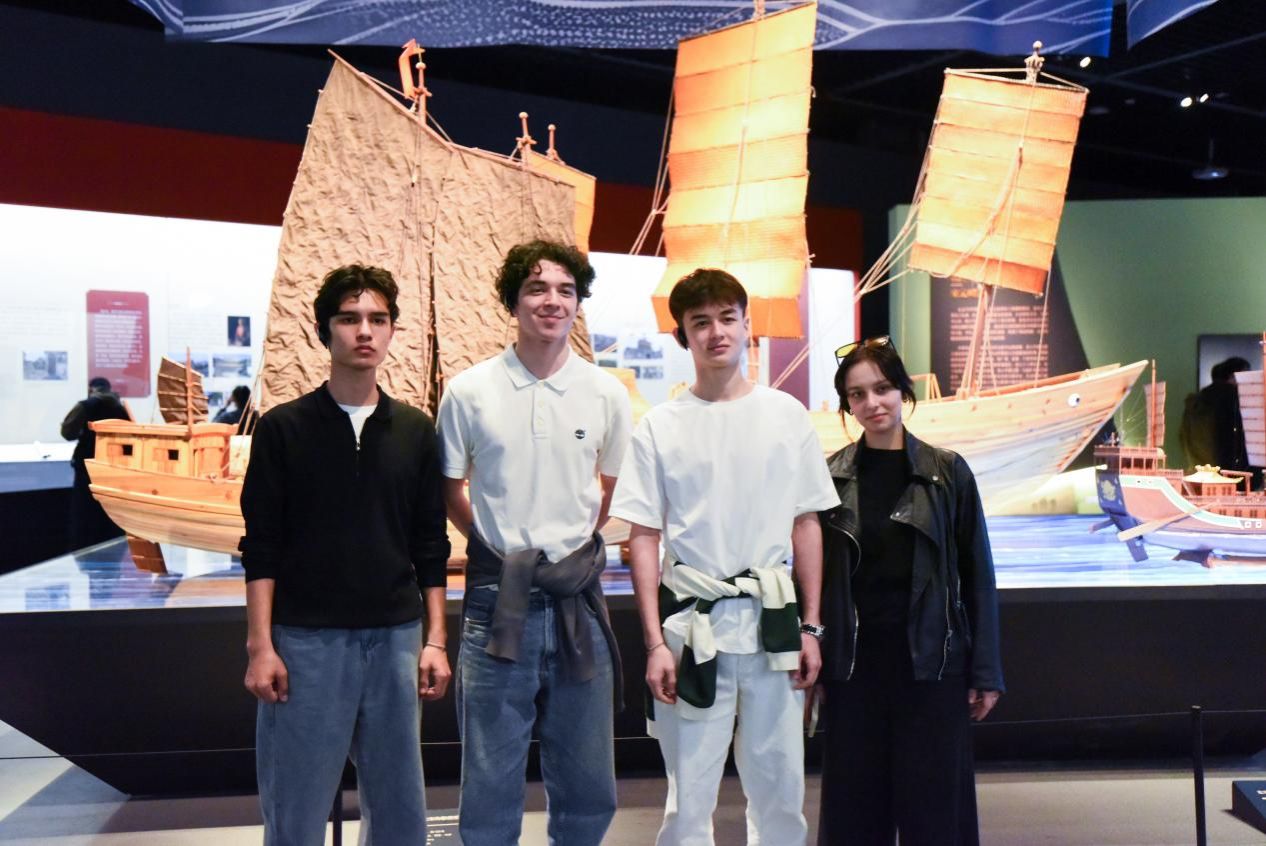
Concluding the tour, students expressed belief that the Belt and Road Initiative will forge a globally connected, harmonious future by bridging civilizations through shared history and cultural dialogue.




